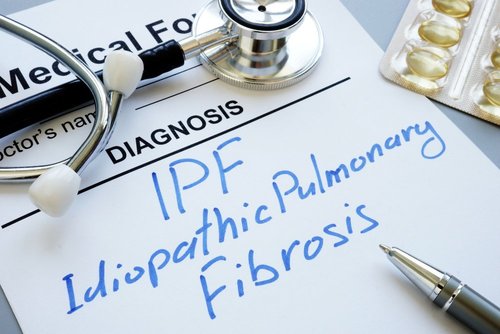The local and national news cycles have moved on, but the problem with vaping continues. I have written several articles on the subject in this column, and I suspect I will write a few more in the coming months and years. The Lung Disease Foundation of Central Pa. was formed, in part, to help provide health care information and this column is part of that effort. I have had the pleasure and privilege to provide slide presentations to a number of groups, mostly school administrator and teachers, about the vaping epidemic among high school and even junior high students. The data for 2018 tells us that 37% of 12th graders have used vaping devices. This figure is up 10% from 2017.
Previous articles had addressed some of the vaping issues, and space does not allow repeating that information. However, the internet is our friend in this regard, and I urge parents and students alike to search for vaping information. The topic for today is “What is the effect of secondhand smoke derived from a vaping device on patients with asthma”? We know very well that secondhand cigarette smoke is harmful, and some believed that vaping smoke would have less, if any, effect. Multiple studies have now shown that secondhand vaping smoke can cause an increase in symptoms and full-blown attacks in the asthma patients that are exposed.
There is no safe method of smoking. Vaping is the entry point for a life of nicotine addiction and disease.
